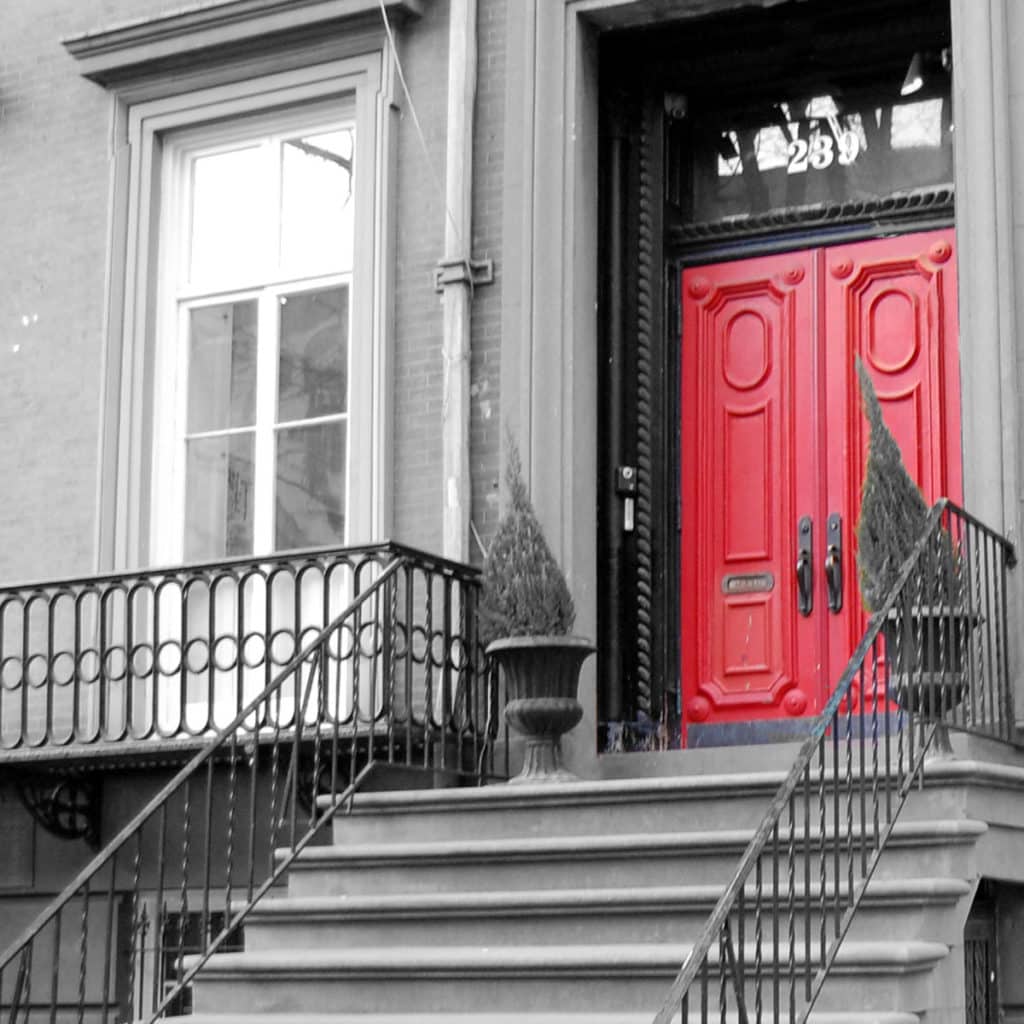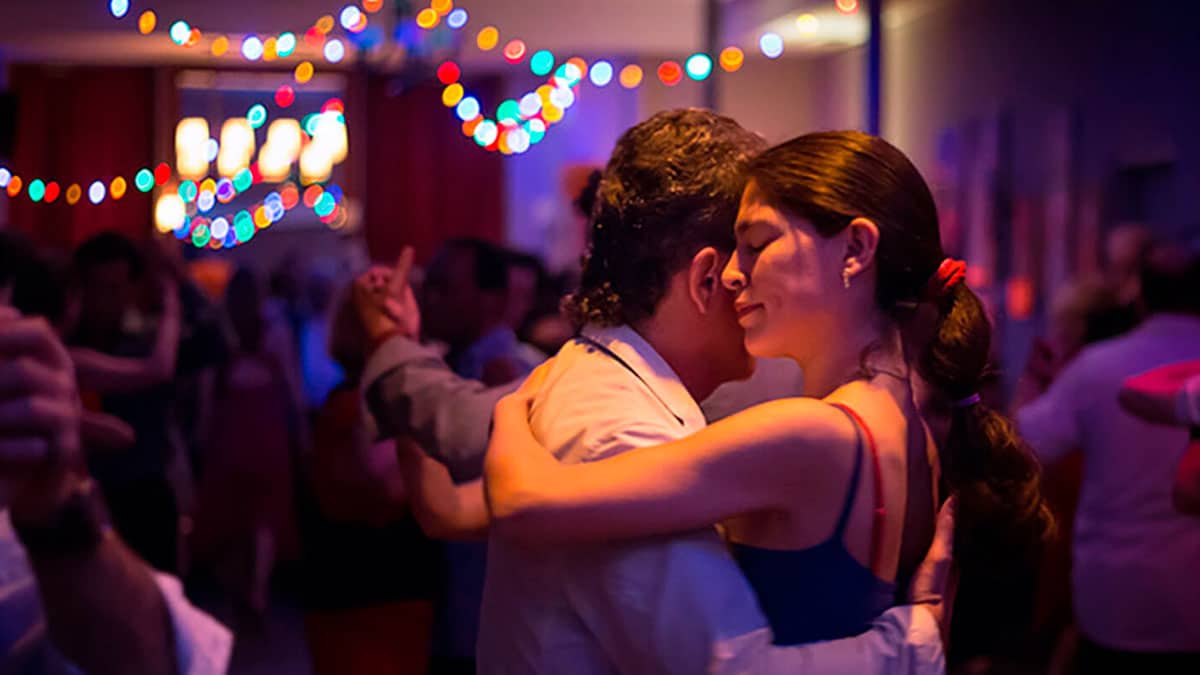La Nacional NYC is a social club for Spaniards and the Spanish Diaspora in Chelsea, Manhattan.
Founded in 1868, La Nacional is the oldest Spanish cultural center in the USA. When it was founded, Cuba and Puerto Rico were still New Spain. 🇪🇸
Dance Argentine Tango at Tango La Nacional on Thursdays. Intermediate class at 7pm. Gets busy around 9pm. Performances at 11pm. Dancing until around 2am. 🇦🇷
La Nacional Tickets
La Nacional NYC
239 West 14th St
(between Seventh & Eighth Ave)
Chelsea, Manhattan
Subways
(A)(C)(E) or (L) to 14th St – Eighth Ave
(1)(2)(3) to 14th Std
Latin Culture at La Nacional
September 2022
The Hispanic Day Parade’s El Gran Noche Bohemia Cultural (Bohemian Night) is on Saturday, September 24, 2022 from 7pm to midnight. 🇦🇷🇧🇴🇨🇱🇨🇴🇨🇷🇨🇺🇩🇴🇪🇨🇸🇻🇬🇶🇬🇹🇭🇳🇲🇽🇳🇮🇵🇦🇵🇾🇵🇪🇵🇷🇪🇸🇺🇾🇻🇪
November 2021
Barbara Martínez sings Spanish Flamenco for Alegrías on Saturday, November 27, 2021 at 8pm. 🇻🇪🇦🇷🇪🇸
The La Nacional Story
La Nacional was created to support the community of immigrants from Spain in New York City. It would have been one of the first places you went when you got off the boat from Spain on the West Side piers. It was the place you went when you had a problem, when you needed work or workers, or when you just wanted to see the familiar faces of people from your country.
The club was also an artistic and political meeting ground. Spanish legends like surrealist director Luis Buñel and poet Federico García Lorca passed through. Lorca wrote parts of his renowned collection of poems, “Poet in New York,” at La Nacional.
Many Cubans consider themselves Spaniards, so there were probably some famous Cubans here too.
Little Spain
Today La Nacional is the last surviving remnant of New York City’s “Little Spain” which once filled 14th Street between Seventh and Eighth Avenues. Ships from Spain used to dock at 11th Street twice a month. Most of New York City’s Spanish community once lived along the Hudson River between Christopher St and 23rd St. “Spanish Harlem” was Cuban and Puerto Rican.
Little Spain began to decline when the Immigration and Nationality Act of 1965 made it harder for Europeans to migrate to the U.S.
La Nacional Restaurant
The La Nacional Restaurant on the ground floor brings promising young chefs directly from Spain. If you don’t know Spanish food, there are many regional variations to try. Spaniards have raised the simplest things to the highest levels of culinary art.
Flamenco Alegrias
Usually one or two nights a month, Jorge Navarro brings his “Alegrias” tablao flamenco. “Alegrias” means “joys” in Spanish. This is the way flamenco is performed in the flamenco bars of Andalusía, Spain.
Alegrias nights begin with a flamenco dance lesson and end with a flamenco show. Tapas, paella, sangria, wine and beer may be ordered.
It’s really cool because this takes you one step back from the flamenco show to the flamenco bar. The last step is within the family so you’ll probably have to get married to enjoy that. Flamenco was originally a family entertainment and expression of individuality and belonging within the circle of Spanish family traditions.
Tango La Nacional
For over twenty years, Argentines and dancers have gathered on Thursday nights to dance Argentine tango. Tango La Nacional is New York City’s most “traditional” milonga (tango dance).
Argentine Tango is rooted in Cuban Habanera or Danzón, the national dance of Cuba.. The “Habanera” was the way they danced Spanish contradanza in Havana. Cuban son (the Cuban sound of music) is a mix of Spanish flamenco and African rhythm. Danzón is also influenced by French/Haitian contradanse. Watch people dancing danzón and you may notice that it is almost Argentine tango, but not quite.
French contradanse combines English country dance and Italian court dance traditions. Contradanse in the court of French King Louis XIV is the root of both classical ballet and the social dances of the Americas. The point is that regarding humans nothing is pure. We are all mixes of each other.


